A pasta masterclass at Cantina del Ponte
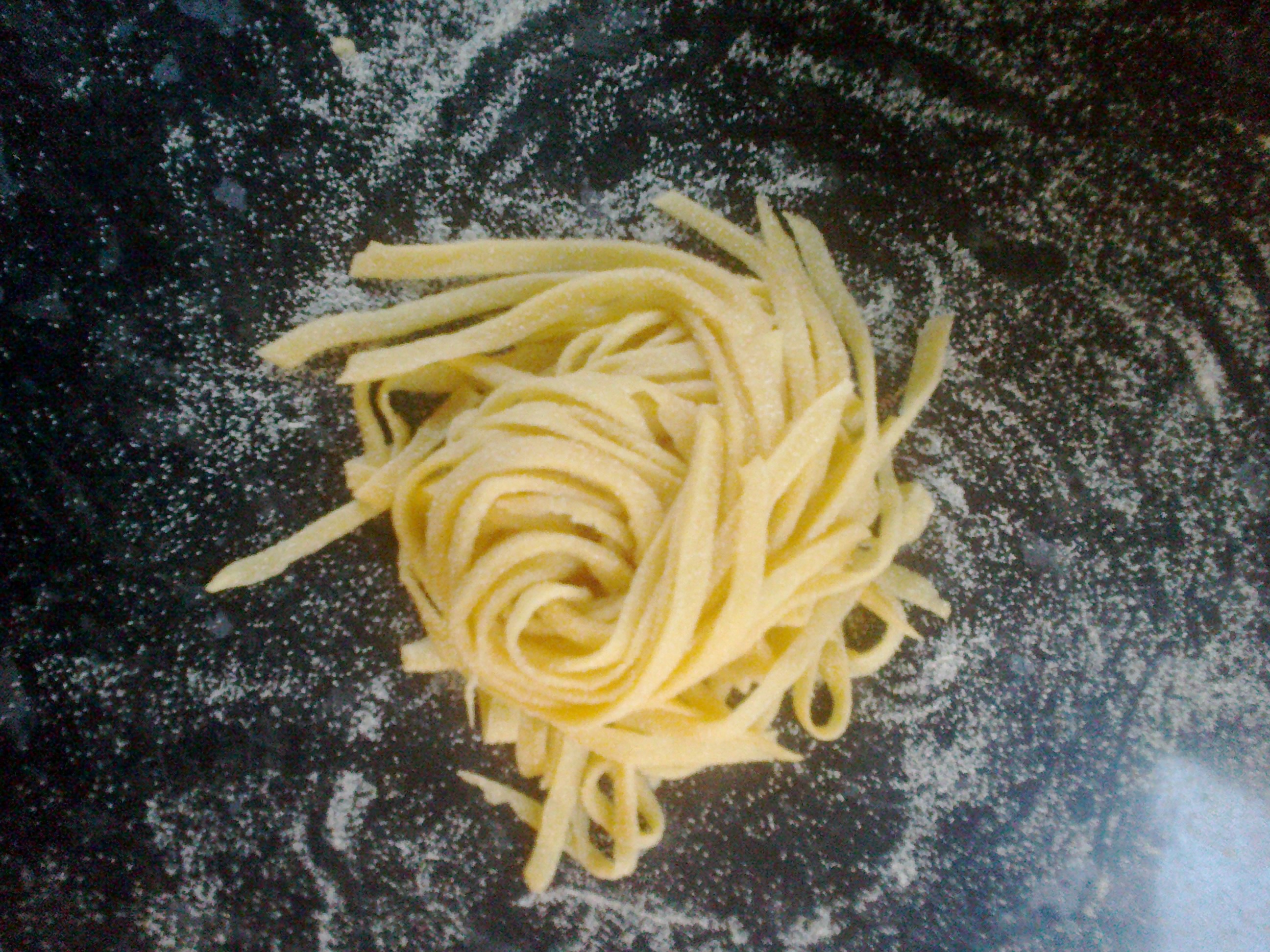
I don’t cook pasta that often, and have certainly never made it myself. Too much subpar spaghetti Bolognese and stodgy carbonara during my student days left a bad impression, and I’ve never tried to create my own from scratch.
Also, I always imagined homemade pasta would be a complex and time-consuming task, hard to do well but easy to ruin. I have seen enough contestants on Masterchef, being chided for their thick-skinned ravioli. I felt that pasta was best left to the professionals.
It was with a sense of foreboding that I headed down to Cantina del Ponte for a pasta crash course.
The restaurant offers a monthly pasta class with its head chef, Claudio Gottardo, which includes a 90-minute practical lesson and a three-course lunch with coffee for £28.50. Each month, the class focuses on a different region of Italy, showing you how to make a selection of its pasta.
This time, the spotlight was on southern Italy, namely Puglia, Campania and Sardinia, with varieties of tagliatelle, tagliolini, orecchiette, ravioli and agnolotti.
Upon arriving at the restaurant, I was given an introductory pamphlet, with contained the ingredients for your basic pasta, as well as space to fill in notes during the class.
Unfortunately Claudio, the head chef, was ill, but the two who took over for him knew their pasta, and were helpful in answering questions. For the first half of the class, we watched a demonstration of pasta being made, and were invited to go up and try our hand at each of them.
On the whole it looked simple, the instructors having an electronic roller to feed the pasta through. The braver members of the group tried their hand at filling and shaping ravioli and agnolotti with spinach and ricotta from a piping bag.
After the pasta was made, we were given a chance to make our own dough, and proudly took the finished articles home with us.
The meal was lovely, consisting of two pastas made in the class, and a nice, simple pannacotta. The first type was the tagliatelle, with a simple tomato and aubergine sauce. Next was the orecchiette, which is heavier pasta made of semolina and water, and rolled out with a fork into little cups, or little ears.
This came with a very bizarre sauce made from rapini, which is a relation to the turnip, yet looks curiously similar to broccoli, having little green florets. It tastes faintly bitter and medicinal, with a definite taste of turnip. To be honest, I’m not entirely sure of my opinion on it. It is certainly interesting though.
One problem with making pasta at home is you really need a roller, which you can get for around £15, if you are okay wheeling out pasta by hand. I don’t possess one, so had to use a rolling pin to try and make a thin sheet of pasta with my ball of dough.
It actually turned out okay, and I made a batch of slightly misshapen tagliatelle. It’s a start, though I do think a roller is definitely worth investing in.
The best thing about this course is not that it taught any specific recipes, but that it demystified the whole pasta-making experience, which I had always imagined would be far trickier than it really is.
Having made my first ever tagliatelle, I am inspired to make more in the near future, and look forward to re-introducing pasta into my regular diet, banishing from memory the grim dishes of my student days.
James Clohessy
Go to the Cantina del Ponte, 36C Shad Thames, London SE1 2YE, or visit their website here.

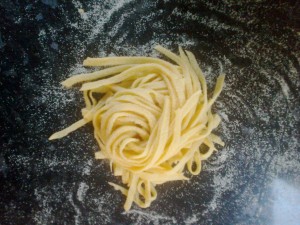




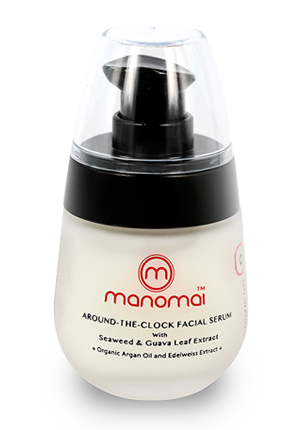
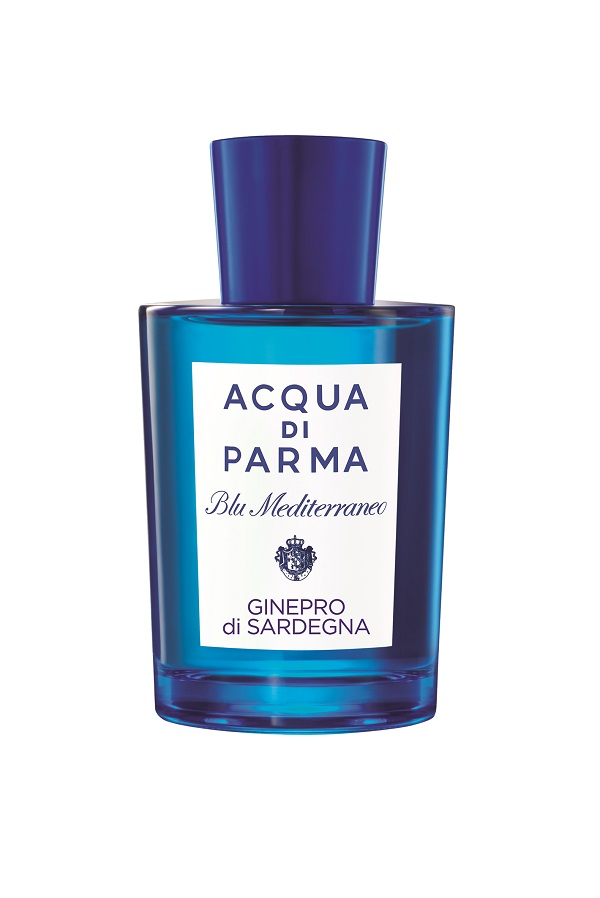

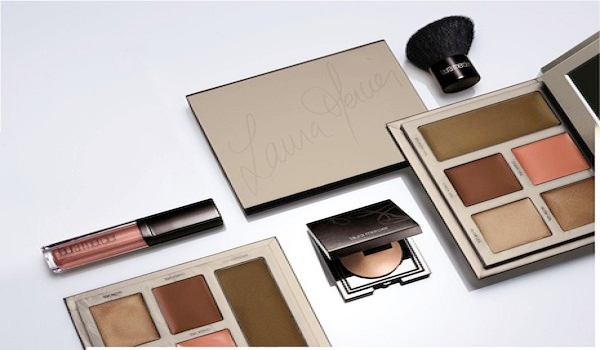









Facebook
Twitter
Instagram
YouTube
RSS